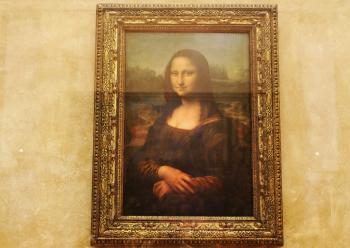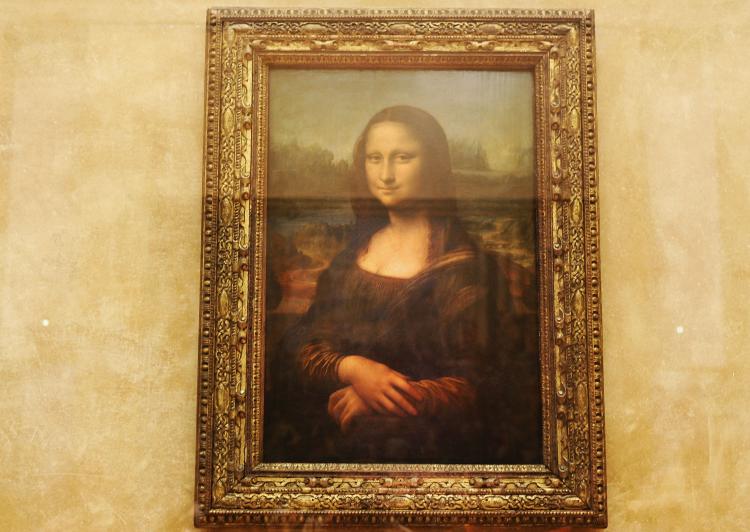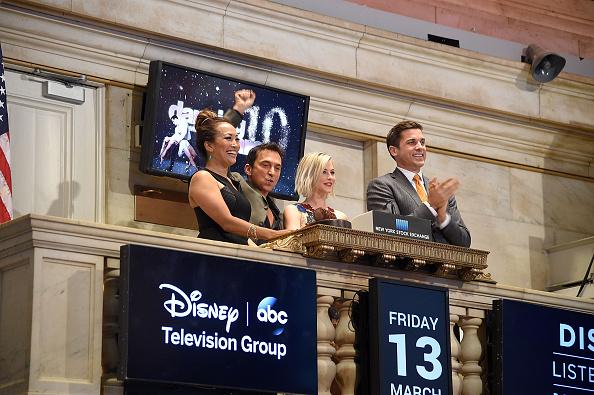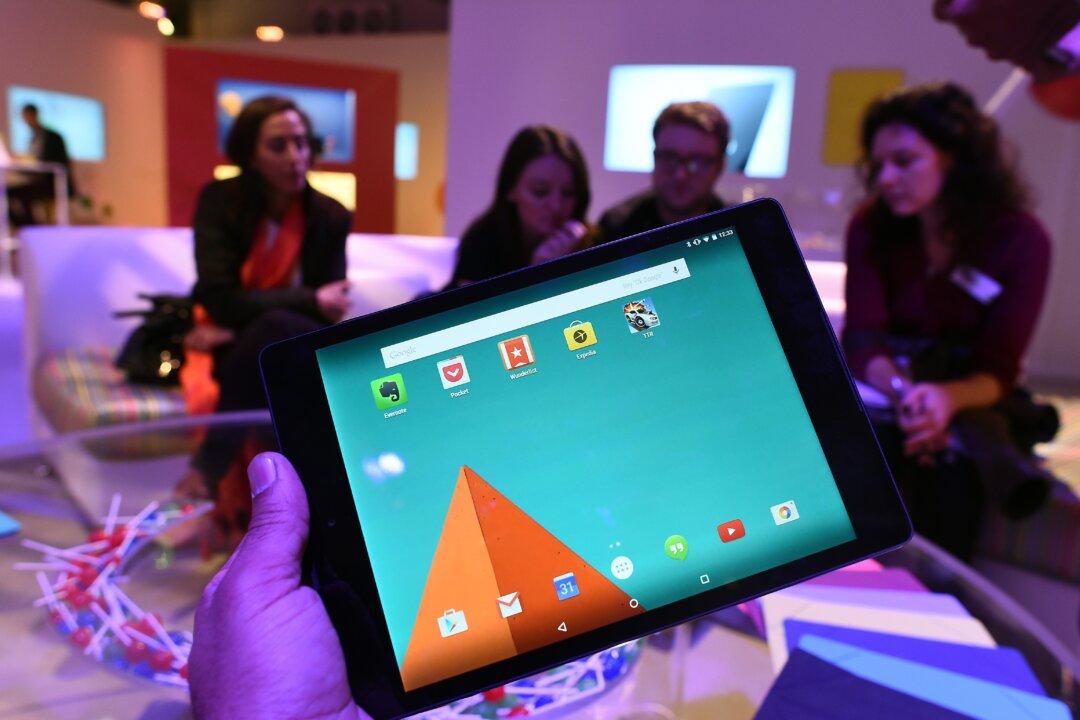An art researcher and sleuth claims to have found minuscule code within the eyes of Leonardo da Vinci’s Mona Lisa, according to several reports published this week. However, some art historians dispute these assertions.
Silvano Vincenti, an untrained art historian and TV show host in Italy, said there was code in both eyes of the Mona Lisa. Vincenti said that this code was very small and could only be viewed via hyper-magnification, according to the Guardian newspaper.
“Invisible to the naked eye and painted in black on green-brown are the letters LV in her right pupil, obviously Leonardo’s initials, but it is what is in her left pupil that is far more interesting,” Vincenti said.
In the left eye, he claims he found the letters B or S, or perhaps the letters C and E. Leonardo da Vinci was famous for using coded messages to obfuscate his studies. He often used arcane Italian lettering and wrote backwards or upside down.
“On the back of the painting are the numbers ‘149’, with a fourth number erased, suggesting he painted it when he was in Milan in the 1490s, using as a model a woman from the court of Ludovico Sforza, the Duke of Milan,” Vincenti claimed, according to the newspaper.
However, Fredericksburg da Vinci scholar Bulent Atalay dismissed Vincenti’s claims.
“I think they’re just scratches, frankly. And at 54, when Leonardo painted that painting, I don’t think he could have seen well enough to make any symbols in there,” Atalay told 9News Now, according to the International Business Times.
Another scholar also dismissed the claims.
“I can’t offer any comment on the scientific value of this ‘finding’ since the scientific basis to support it [is] missing,” Carlo Pedretti, a leading scholar on Leonardo da Vinci, told Discovery News.
“Under the microscope, the eyes of the original Mona Lisa—not those appearing in magnifying high-resolution images—do not present any cryptic sign such as numbers or letters, but only the craquelure (or cracking) also visible to the naked eye,” Pedretti added.
Another Leonardo expert, Alessandro Vezzosi, who lives in the town of Vinci where Leonardo was born, also agreed with the previous two claims.
“Scientific tests such as non-invasive x-ray fluorescence spectroscopy have revealed many interesting features but certainly no letters and numbers,” Vezzosi said, according to Discovery News.
Da Vinci’s popularity has risen even more with Dan Brown’s novel, The Da Vinci Code, and subsequent movies in the past few years.
Silvano Vincenti, an untrained art historian and TV show host in Italy, said there was code in both eyes of the Mona Lisa. Vincenti said that this code was very small and could only be viewed via hyper-magnification, according to the Guardian newspaper.
“Invisible to the naked eye and painted in black on green-brown are the letters LV in her right pupil, obviously Leonardo’s initials, but it is what is in her left pupil that is far more interesting,” Vincenti said.
In the left eye, he claims he found the letters B or S, or perhaps the letters C and E. Leonardo da Vinci was famous for using coded messages to obfuscate his studies. He often used arcane Italian lettering and wrote backwards or upside down.
“On the back of the painting are the numbers ‘149’, with a fourth number erased, suggesting he painted it when he was in Milan in the 1490s, using as a model a woman from the court of Ludovico Sforza, the Duke of Milan,” Vincenti claimed, according to the newspaper.
However, Fredericksburg da Vinci scholar Bulent Atalay dismissed Vincenti’s claims.
“I think they’re just scratches, frankly. And at 54, when Leonardo painted that painting, I don’t think he could have seen well enough to make any symbols in there,” Atalay told 9News Now, according to the International Business Times.
Another scholar also dismissed the claims.
“I can’t offer any comment on the scientific value of this ‘finding’ since the scientific basis to support it [is] missing,” Carlo Pedretti, a leading scholar on Leonardo da Vinci, told Discovery News.
“Under the microscope, the eyes of the original Mona Lisa—not those appearing in magnifying high-resolution images—do not present any cryptic sign such as numbers or letters, but only the craquelure (or cracking) also visible to the naked eye,” Pedretti added.
Another Leonardo expert, Alessandro Vezzosi, who lives in the town of Vinci where Leonardo was born, also agreed with the previous two claims.
“Scientific tests such as non-invasive x-ray fluorescence spectroscopy have revealed many interesting features but certainly no letters and numbers,” Vezzosi said, according to Discovery News.
Da Vinci’s popularity has risen even more with Dan Brown’s novel, The Da Vinci Code, and subsequent movies in the past few years.






